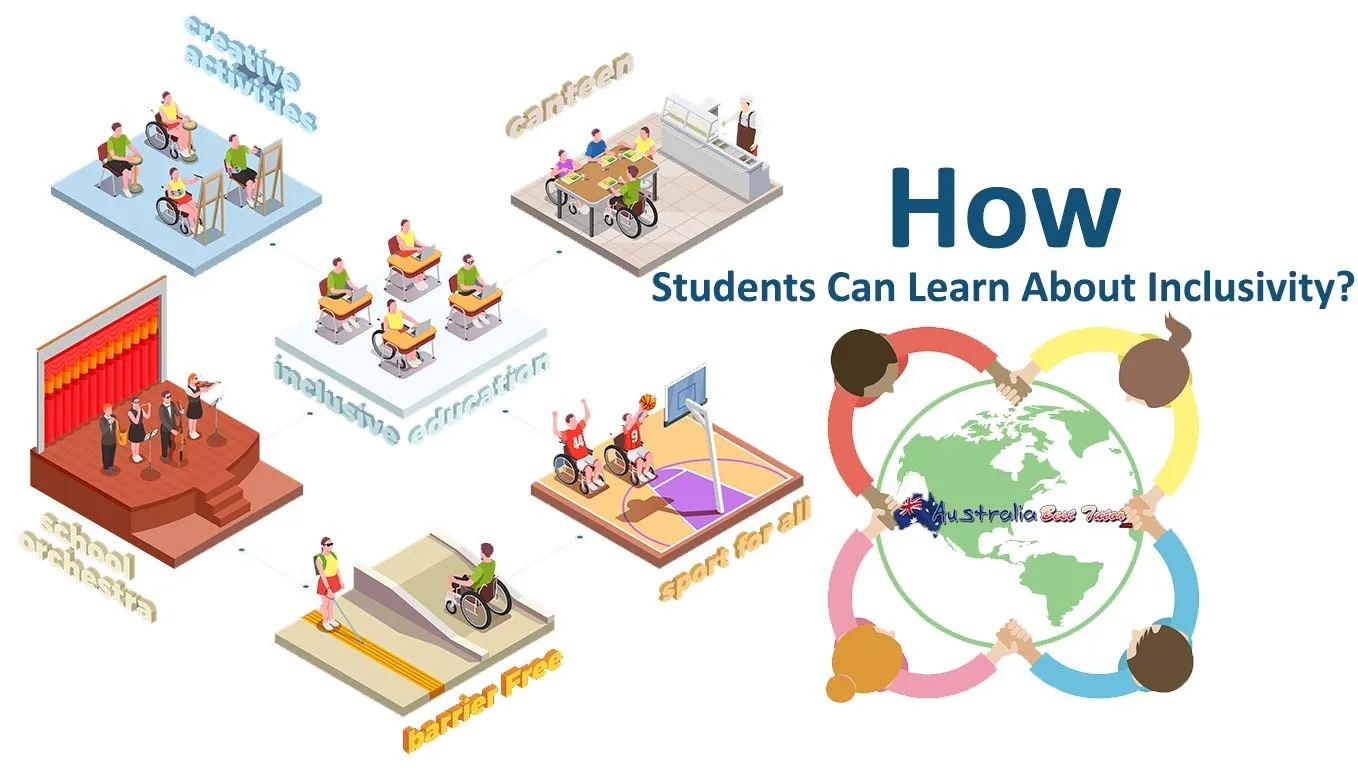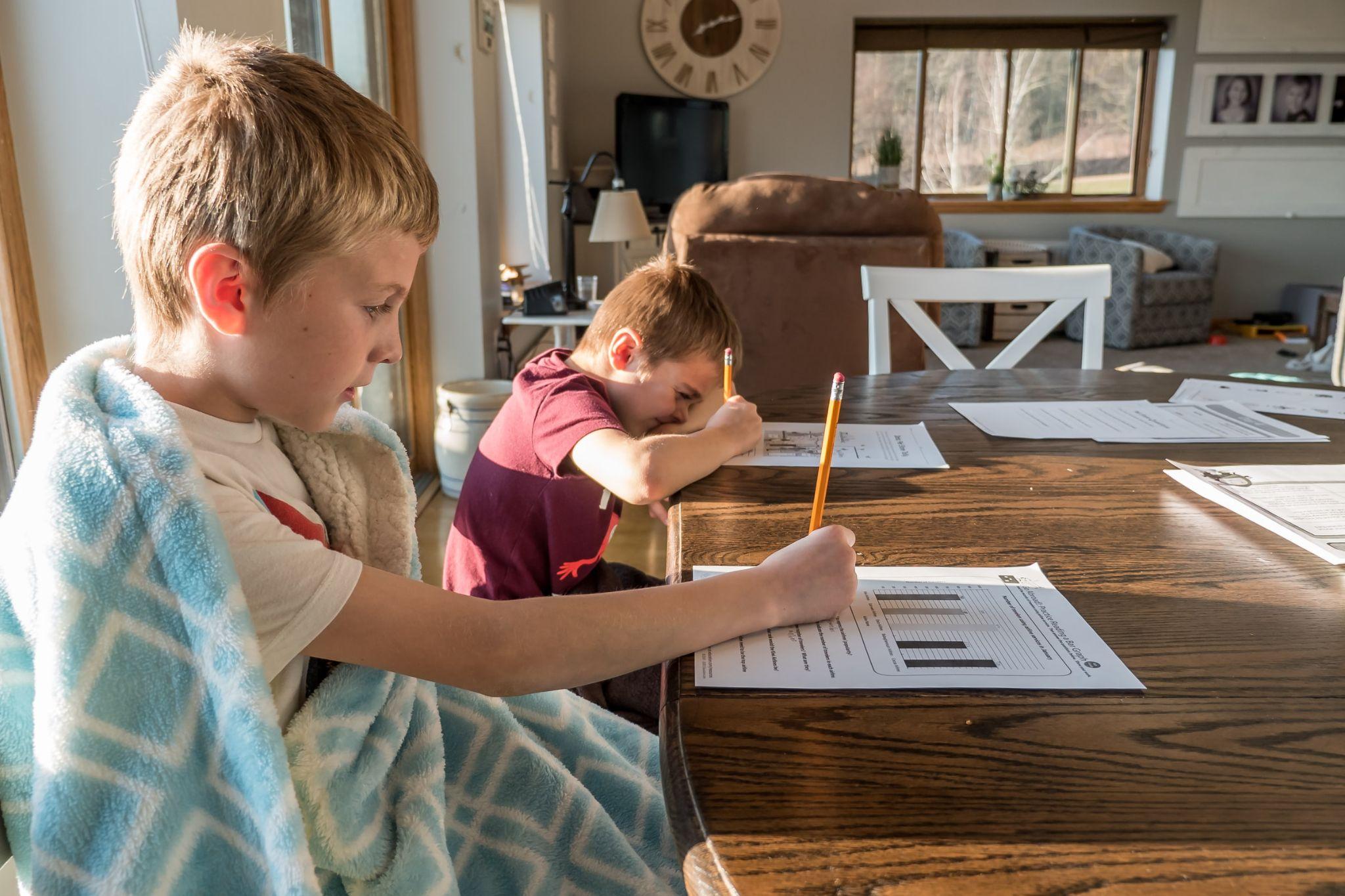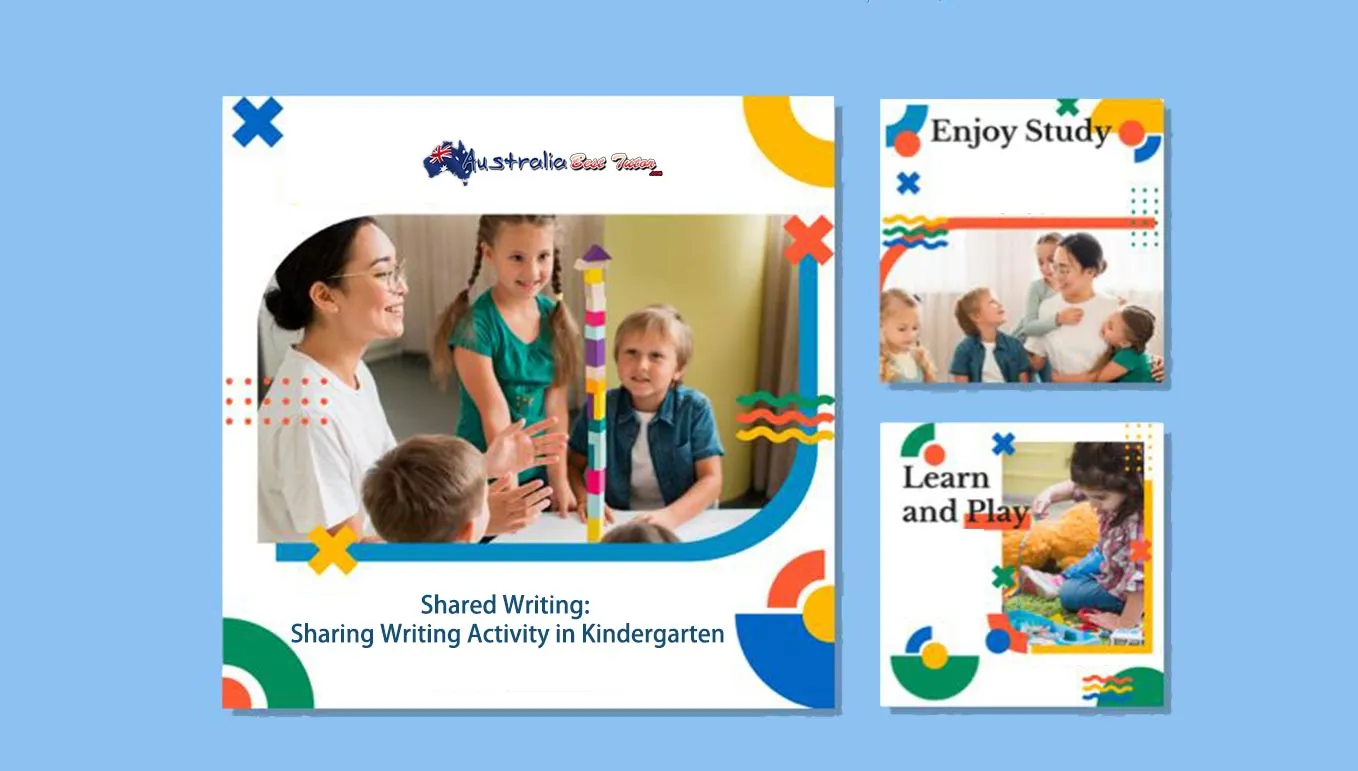How Students Can Learn About Inclusivity?
Inclusion is a highly impactful thing nowadays for every person. It’s a basic right for children and all persons. Inclusivity is the act, where everyone feels embraced feelings excluding their race, color, nation, status-quo, physical disabilities, sexual orientations, and others. For students, inclusivity should be respect feelings from their heart where they become able to respect all peoples irrespective of their backgrounds and others. For example, an inclusive classroom means the classroom where all the systems and interior are present in such a manner that helps students to learn effectively and quickly. Students also feel inclusivity when they will be able to take part in different activities and feel like part of the organization. For developing an integrated environment, inclusivity is highly important. Now there is the discussion that how students can learn about inclusivity.

Activities to teach inclusion:
For learning inclusivity, teachers have a great role. Teachers and school administrators have the responsibility to create a supportive environment. This environment is not only to provide educational support but also to the environment where students feel valued. When every student will feel valued, they will start to value others.
During inclusivity teaching to a student, the teacher-student relationship is essential. In this way, students start to learn how to respect a person, a peer, and their parents. Teachers should reduce the irrelevant conflict and scolding. For inclusive learning, students should be obedient enough.
For inclusivity, teachers can utilize different game-changers where creative writing is playing an important role. Through this system, students can write creatively. After completion of writing, students need to read all the write-ups that will help them to respect others and listen to words with patience. Besides the inclusivity, there is another site called diversity. Inclusivity and diversity are different but highly dependent on each other.
Diversity and inclusion for kids:
Kids need to learn about diversity and inclusion. Here parents and teachers have the responsibility to make the difference between these two. Kids should be learned that diversity is the presentation or visibility of a person, place, or community. But inclusivity is the activities of valuing peoples, giving respect to others irrespective of their race, color, nation, and others. It provides the main impact on kids when they come to know about diversity and inclusivity. After gathering knowledge about inclusivity and diversity, kids become interested to enhance their peer network to mix up with kids of different communities, friendship or communication becomes easy.
How to teach your child to be inclusive?
For providing sufficient knowledge to kids about diversity and inclusion, providing different books and supportive documents, movies or documentaries of others communities can help them a lot.
Access, attitude, choice, partnerships, communication, policy, and opportunities are seven pillars of diversity. It provides a great scope to kids for learning inclusivity. In this way, students will get the scope for being free enough for making friendship and partnership with different peoples, it will broaden their scope of growth and development also.
For teaching kids inclusivity, traveling in the countryside is another way. Here kids can come in touch with different communities, peoples of different financial backgrounds, livelihoods as well as different races. Their hard life, health issues will not only teach them inclusivity but also help them to learn about diversity in life.
Inclusivity and diversity are very impactful parts of the growth and development of children. Here parents and teachers have a great role also. It helps children to develop their communication, mental health as well as the sphere of mind which is very crucial for the entire life.




